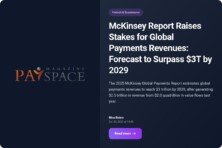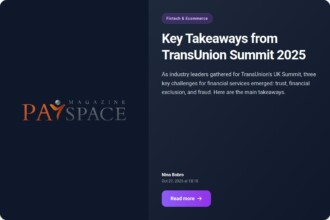A sharp slowdown in the pace of the dynamic of the growth in the labor market in the United States has provoked rumors that the Federal Reserve may begin to soften its monetary policy strategy, providing for cutting interest rates, even before its September policy meeting.

It is worth noting that the negative data on the state of affairs in the labor market of the mentioned country has caused global turmoil in the stock market. The sudden rise in the unemployment rate in the United States to 4.3% in July provoked the spread of alarmist opinions that the local economic system is on a trajectory toward the materialization of a recession scenario.
An interest rate futures contract expiring later this month that tracks Fed policy expectations shot to a two-month high earlier in the week. At the same time, the probability that the financial regulator of the United States will begin to soften its monetary policy strategy in August is not the maximum and does not even correspond to the degree of realism of the average level, referring to the category of scenarios whose implementation is a small chance against the background of more impressive counterarguments.
Chicago Fed President Austan Goolsbee stated that there are no stock market clauses in the law, but there are specific talking points about employment and price stability. In this case, he implied the double mandate of the central bank of the United States, which includes measures to promote full employment and a solution aimed at ensuring price stability.
Currently, the prevailing opinion among experts is that the US financial regulator will decide to soften the concept of monetary policy at its September meeting. In their opinion, the central bank of the United States will cut interest rates by 0.5%. At the same time, most experts are convinced that the Fed will not begin to soften its monetary policy strategy before the September meeting.
Nationwide economist Kathy Bostjancic says that the current information about the condition of the United States economic system does not contain arguments in favor of the country’s financial regulator making an emergency decision on lowering the cost of borrowing between meetings. It is also possible that cutting interest rates earlier than expected will become a kind of panic factor in the markets.
Former New York Fed President Bill Dudley said this week that an earlier easing of the monetary policy of the United States is very unlikely. It is worth noting that last week he called on the Fed to cut interest rates faster. This statement was made before the data on the increase in the unemployment rate in the United States to 4.3% in July were published.
At the end of the current month, global central bankers gather at the Kansas City Fed’s annual economic symposium in Jackson Hole, Wyoming. This event may have a certain impact on the opinion of Fed Chairman Jerome Powell as to which strategy of action of the US financial regulator is the most appropriate in the context of current realities.
Currently, there is a widespread opinion among experts that the head of the central bank of the United States will not pay attention to the fall in the stock market. Last week, the US financial regulator decided to leave the policy rate in the 5.25%-5.50% range. At that time, Jerome Powell said that the Fed would consider cutting interest rates in September if data on the condition of the United States economic system corresponding to the expectations of the central bank were received before the relevant meeting.
In the coming weeks, the US financial regulator will receive data on employment, the dynamic of inflation, consumer spending, and economic growth. This information is likely to have an impact on the parameters of the decision to lower the cost of borrowing.
It is worth noting that in the history of the Fed, there are examples of deciding on cutting interest rates before policy meetings. At the same time, the current state of affairs in the space of the economic system of the United States does not contain such factors and circumstances that would force the financial regulator to urgently lower the cost of borrowing. In the history of the economy of this country, there have been many different periods with their own specific characteristics. It is worth noting that there are many facts about US money. The current period in the history of the United States economy is not the most dramatic.









